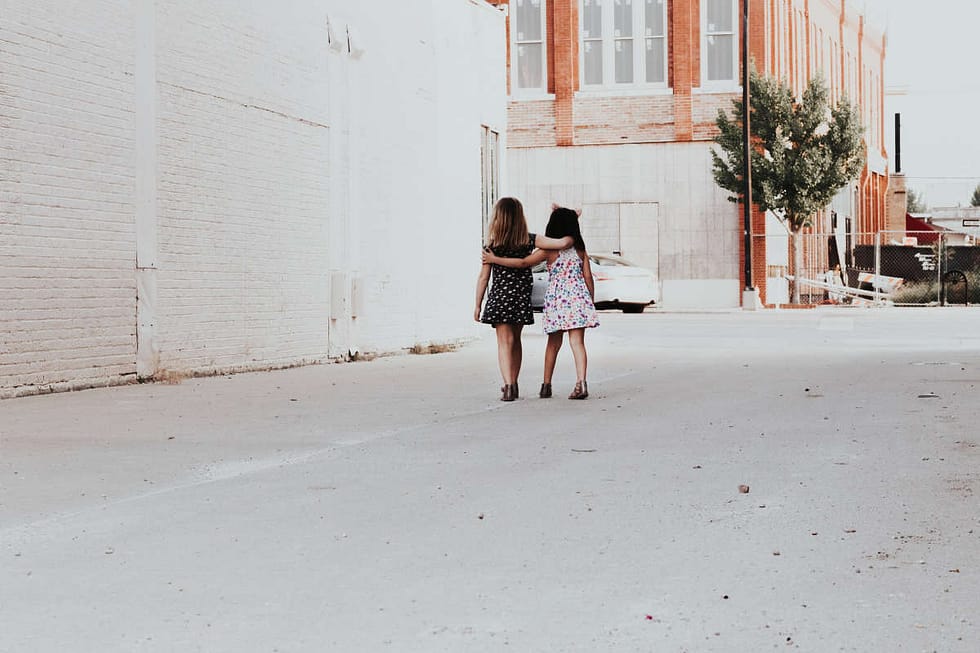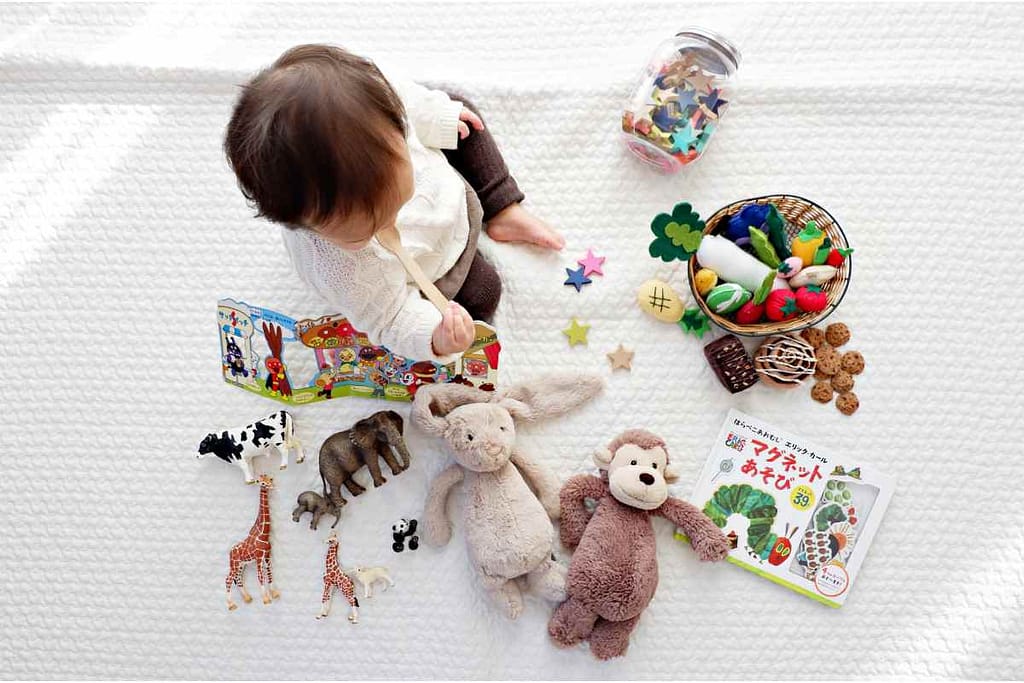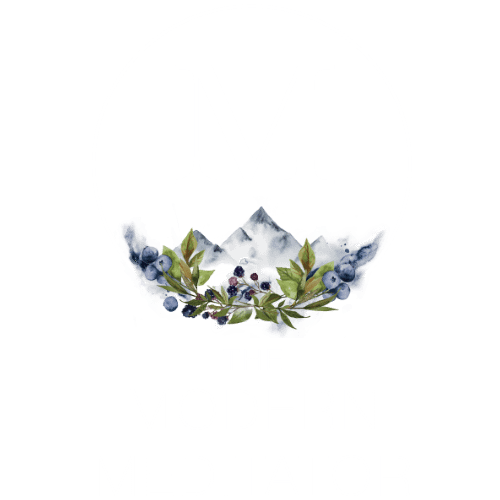The two most important ingredients in a thriving mindfulness practice.
Language is so important don’t you think?
When you hear the word mindfulness – what does it evoke for you?
Compared to “meditation”, which perhaps comes with more spiritual connotations, “mindfulness” sounds a little clinical, even cold.
Why is that?
I suppose the way it’s defined – “nonjudgemental awareness of the present moment” with verbs like “investigate”, “label” and “observe” – conjures an image of a lab-coat scientist with a clipboard, pen, and petri dish.
However:
Mindfulness was not designed merely to be an autopsy of our experience.
There are two key components that are SO important in a mindfulness meditation practice, but are perhaps the last to grasp:
- Kindness; and
- Beginner’s mind
Kindness

Kindness is the ingredient that takes our practice from a detached witnessing of our experience to one of connection and compassion.
As famous meditation teacher Ajahn Brahm says:
From MINDFULNESS to KINDFULNESS.
Now, kindness might not mean much to you. It might illicit an eye roll or a groan and the internal narrative you’d never admit, that kindness is for losers.
Perhaps you shut down at the thought of being kind – especially to yourself and especially about your practice.
This is why language is important. What does it really mean to be kind to ourselves?
Here are some other words and phrases that you might connect with better:
- Friendly
- Gentle
- Lighthearted
- Playful
- With a sense of humour
- Free-range
- Loose
- Accepting
- Loving
- Softly
- Compassionate
And if you can’t come at positive phrases, then perhaps you can be less of these to yourself:
- a jerk
- an a-hole
- a b*tch.
If these ideas are still too conceptual, then there are things you can DO that are the actions of being kind or adding kindness to your practice:
- Move if you need to
- Laugh at yourself
- Check the time
- Stretch
- Slouch
- Let your mind roam (seriously. Let it go wild. You’re still meditating.)
- Place a hand on the parts that hurt
There are also things you can SAY to yourself that remind you to be more of the kind-ish things on the aforementioned list:
- “Whatever’s happening now is meant to be happening.”
- “May I be well, may I happy, may I be free from suffering.”
- “This is my practice and no-one else’s.”
- “Let’s go play!”
- “It’s so nice not to have to TRY but to just BE.”
- “Meditate like no-one’s watching.”
Beginner’s Mind

The second ingredient to keep in mind as you meditate, is the quality of “beginner’s mind”.
Beginner’s mind is the idea that every time you go to meditate, you (try to) drop, soften, or relax your expectations of what this meditation is going to be like. What this breath is going to feel like. What your mind is going to think like.
The quality of beginner’s mind is that of never having done something before. There are no preconceived ideas. You’re entering this moment with wide-eyed wonder, and genuine interest in what’s going to happen. You’re not trying to change this moment because you’ve not approached it with an ideal of what it should look like, feel like, or smell like. You can relax more into it (which is likely what you came for.)
With beginner’s mind, you watch your experience, not just as a dissection of all the separate parts, but as a baby might inquisitively stare up at a mobile while laying in its cot.
It can be easy to sit and say to yourself, I’ve been here a hundred times before, I know how this goes. That’s a recipe for a meditation rut – and to give up on the practice altogether.
The essence of life is that every moment is different.
What can you tell about this experience that is brand new, despite the feeling that you’ve been here, done that?
That’s another part that makes mindfulness kindfulness. Letting ourselves experience the freshness of things with a childlike wonder.
And asking ourselves over and over again:
What is happening?
Kindfulness for others
The upshot of all this is that once we can incorporate a friendliness or a loosening up towards ourselves and our practice – as well as a genuine interest in what is happening – we’ll be better able to show up for others, which, perhaps is what we’re most motivated by (just ask any parent.)
With kindfulness:
- When we’re feeling good within ourselves, we can offer goodness towards others
- When we’re feeling calm within ourselves, we can act calmly towards others
- When we’re friendly towards ourselves, we can offer friendship to others
- When we’re feeling rested, we’ll have more energy for others
- When we don’t take ourselves too seriously, we’ll be more forgiving of others
- When we’re keenly curious about our experience, we’ll be genuinely interested in others
As far as ideals go, from my perspective, this is definitely a worthy one.





